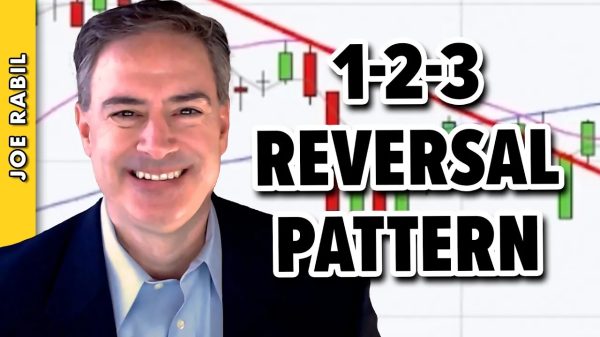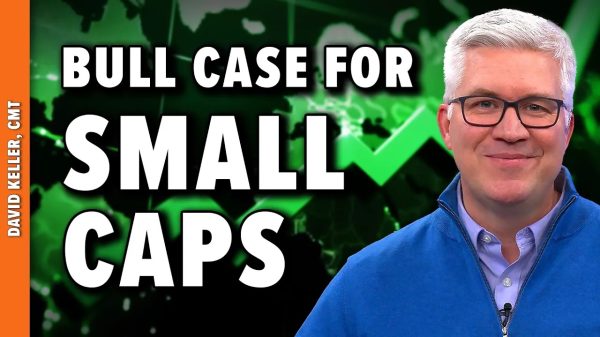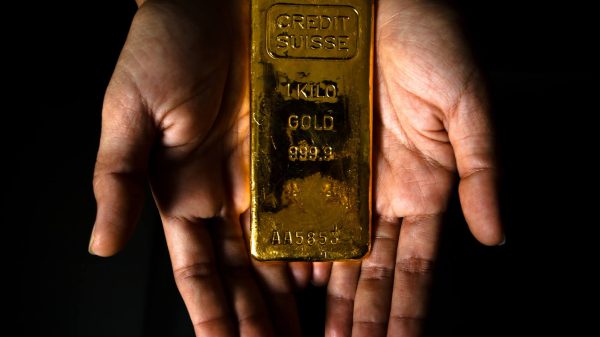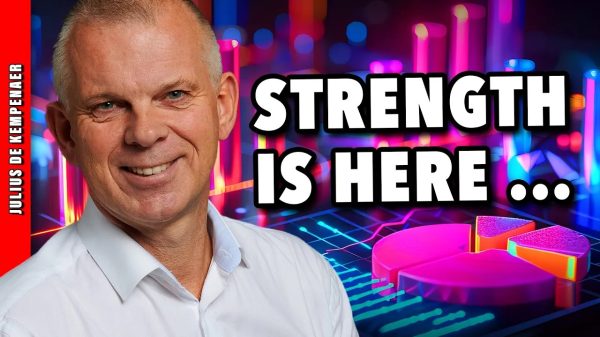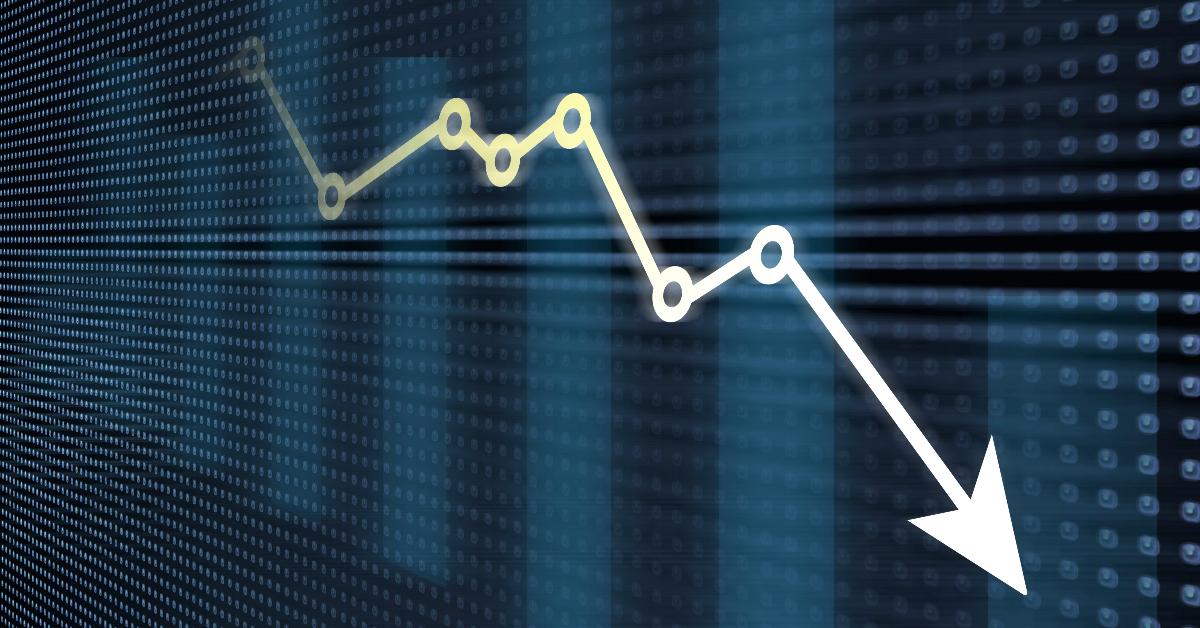The recurring cycle of economic booms followed by inevitable busts has remained a puzzle for generations of observers. While mainstream Keynesian and monetarist theories propose monetary interventions to smooth these fluctuations, the Austrian School offers a compelling and alternative perspective. Austrian business cycle theory provides a profound understanding of how artificially inflated booms sow the seeds of their own destruction. Delving into the depth of this theory illuminates the inherently unsustainable nature of economic upswings driven by the availability of cheap credit and inflation.
The Core of the Theory: Artificial Booms Lead to Busts
The Austrian business cycle theory argues that efforts to artificially suppress interest rates below natural market levels fuel an unsustainable economic boom. When the inflationary credit expansion inevitably slows, the façade of illusory prosperity unravels as the widespread malinvestments and errors made during the boom are exposed and must be corrected. This bust phase acts as an unavoidable period of painful but necessary realignment and market correction.
In contrast to mainstream beliefs that monetary authorities can successfully iron out business cycles via interventionist policy, the Austrian school of thought recognizes such efforts to stimulate growth as inherently counterproductive and ultimately destructive. Inflationary booms inevitably sow the seeds of their own destruction and systemic collapse. Fear the booms, not the busts.
How Credit Expansion Fuels the Boom
The cycle begins when central banks artificially force interest rates below their natural market level, disconnecting the cost of credit from genuine consumer time preferences and real resource availability. Artificially low rates strongly incentivize increased investment spending and highly speculative borrowing fueled by easy access to cheap debt. Businesses are thus induced to embark on new projects that would normally be entirely unprofitable under rationally higher financing costs. This surge of malinvestment driven by inflationary credit creation leads to overexpansion in various sectors, driving up asset prices and further feeding the frenzy of the boom mentality.
In this way, tampering with interest rates profoundly disrupts the critical balance between savings and investment in the real economy. The volume of investments funded by inflationary credit creation far outstrips the pool of real savings available. This leaves the boom without firm foundations, as monetary inflation creates an illusory mirage of prosperity. The seeds of collapse quietly take root under the surface during the boom years.
Malinvestment and Distorted Price Signals
A key insight of Austrian theory centers on malinvestment driven by severely distorted price signals. This tendency is neatly illustrated by the Misesian fable of the master builder. In an undistorted free market, the builder would objectively assess the profitability of potential construction projects based on market interest rates. High rates reflect genuinely scarce capital for long-term investments, signaling that only the most essential, profitable projects should commence. This disciplined analysis anchors investment to actual consumer demands, ensuring efficient allocation of scarce resources to sustainable endeavors.
With artificially lowered rates, however, the builder believes capital is abundant and need not be conserved. Embarking on multiple concurrent, highly ambitious projects seems reasonable given the cheap credit. However, in reality, capital remains just as scarce, contrary to the illusion of easy money. As work commences on a plethora of expansive projects simultaneously, this reality manifests when the builder literally runs out of bricks, concrete, and other materials. This parable mirrors how inflationary booms drive widespread malinvestment across the economy, funding countless speculative ventures based merely on the distorted price signal of cheap credit rather than genuine consumer demands and resource availability.
The Turning Point: When Illusion Meets Reality
Eventually, the credit expansion fueling the artificial boom decelerates, and interest rates rise back to natural levels that reflect actual resource scarcity. The monetary illusion fades away as grim economic realities reemerge from their slumber. Investments justified solely by cheap money begin to fail without their inflationary propellant, exposing their underlying unprofitability. Speculative bubbles pop as expectations of endless monetary expansion confront reality. The economy initiates its long-delayed convalescence by finally purging the accumulated distortions and excesses seeded throughout the boom.
Reconsider the master builder, who mistakenly initiated multiple grandiose projects based on the artificially low rates. As interest rates rise again, he soon finds his expansive visions are no longer financially viable. The illusion of easy profits is shattered as economic fundamentals reassert themselves. Likewise, the economy discovers countless unprofitable ventures and erroneous investments that had appeared deceptively viable under distorting monetary conditions. The house of cards crumbles as realities set in.
The Bust: Necessary and Unavoidable
According to Austrian theory, systematically liquidating the unsound investments and errors made under the influence of monetary illusion is an unavoidable correction. To blindly blame the bust for exposing the economy’s excesses is akin to blaming the hangover rather than the intoxication. The distortions of the boom must be purged and the errors corrected.
Seeking to prevent the bust via renewed inflationary stimulus is much like avoiding sobriety after an unrestrained bender. The necessary correction will only grow more severe if continually postponed and amplified by additional distortions that keep fundamentally unsound ventures artificially alive. The recession serves as the natural corrective phase, aimed at reestablishing a foundation of sound economic principles following the prior era of misguided optimism induced by artificial credit expansion.
The bust plays an essential role in eliminating monetary distortions by realigning prices, closing unprofitable enterprises, and redirecting wasted resources into sectors genuinely aligned with consumer demands rather than allocated based on temporary monetary inflation. This painful but necessary process clears the way for balanced, sustainable growth founded on a framework of reality rather than fiscal intoxication and inflationary misallocation.
Policymakers often deride recessions as the source of economic problems and attempt to artificially resuscitate the economy via renewed inflation. Yet, according to Austrian theory, the bust is in fact the solution, not the problem itself. The true problem was the extensive distortions and malinvestment induced by the artificial boom. Efforts to continuously reinflate bubbles through monetary intervention only worsen matters enormously and plant the seeds for far more chaotic crises in the future when the correction is finally allowed to fully run its course.
Lessons for Today
Austrian business cycle theory carries several critical implications that remain highly relevant today. First, it reveals how inflationary booms plant the seeds of future busts by massively distorting investment incentives and price signals economy-wide. When interest rates are artificially lowered, malinvestment spreads rapidly across all sectors, initiating unsustainable projects that lack real underlying profitability.
Second, the theory demonstrates that the subsequent bust is unavoidable and results directly from the distortions, malinvestment, and overconsumption inherent in the preceding boom. The bust is the necessary market correction to the artificial boom. This implies that policymakers cannot possibly prevent recessions by reflating busts with even more credit and stimulus as this will only pile new distortions upon old ones.
Third, the theory shows that there are no shortcuts around the bust. Liquidation of malinvestment and realignment of the production structure are necessary to restore the economy to stability and sustainable growth. An additional stimulus cannot circumvent this painful but curative process.
Fourth, the bust should be embraced or permitted to run its course as the economy’s natural healing process, not derided as the problem itself. The bust is the solution to, not the cause of, economic turbulence.
Finally, the Austrian framework proves that policies that aim to continually inflate booms inevitably cause tremendous harm. Cheap credit distorts pricing signals and incentives, leading to systemic misallocation of resources.
These lessons remain highly pertinent in the present day, as decades of ultraeasy money have possibly inflated the largest asset bubble in modern history. Policymakers face continued pressure to reflate the bubble to avoid economic fallout. Yet, Austrian theory offers a stark warning that market forces cannot be ignored perpetually. Artificially stimulated booms only set the stage for even harsher busts when the unavoidable correction finally culminates. Therefore, understanding the seeds of collapse inherently embedded in inflationary booms provides urgent insight into our precarious economic trajectory. Despite its political unpopularity, the economic downturn remains an inescapable presence on our journey, a path lined with reckless enthusiasm and the false promise of easily accessible credit.











